Interview with Asun Rodríguez Montejano
We talked to the architect, an expert in urbanism and urban planning, about the challenges of this little-known but no less important discipline. For Rodríguez Montejano, architecture is a public service, a tool for building a city not only from the aesthetic point of view, but also from what cannot be seen.
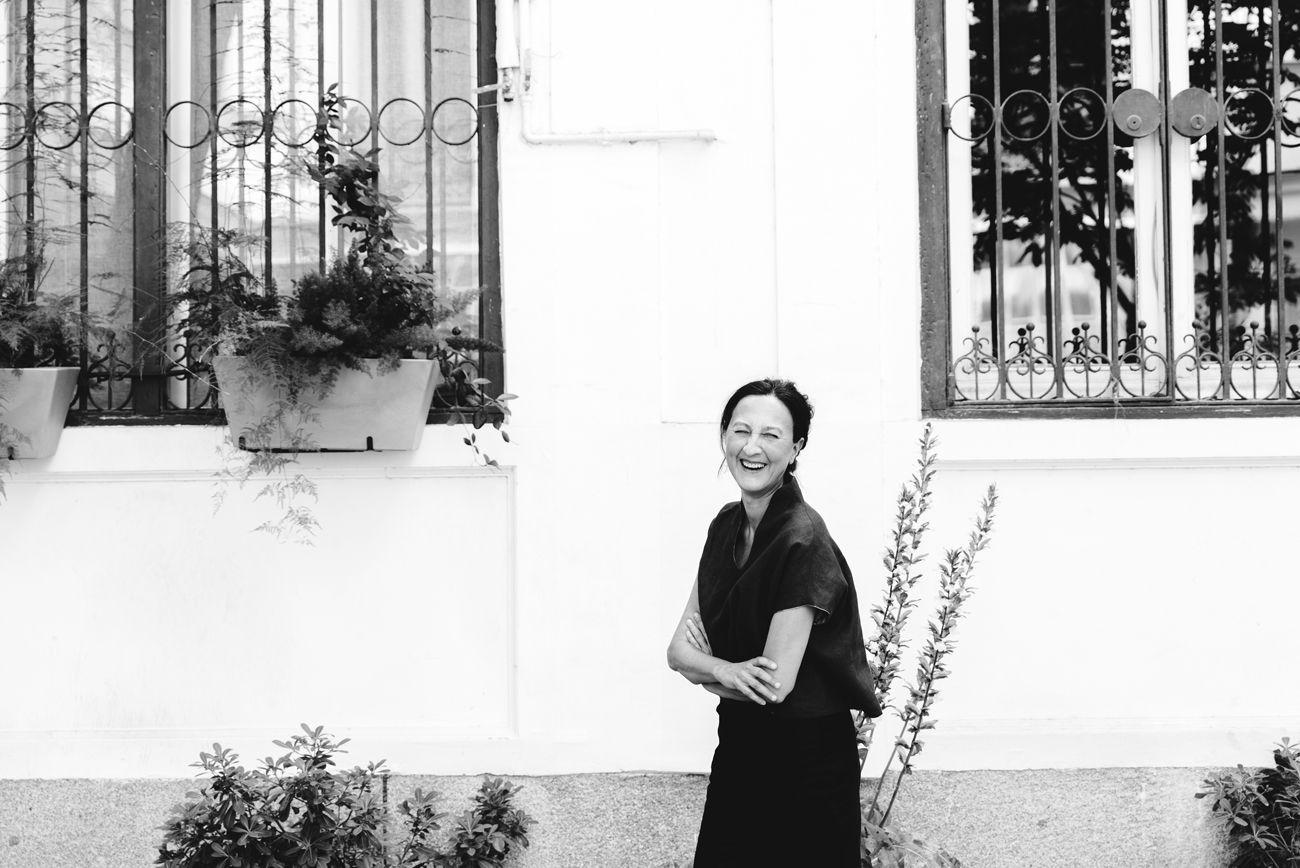
Considering that today cities are rarely designed from scratch, but there is a need to expand and integrate peripheries, what criteria are essential to incorporate new neighbourhoods into a pre-existing urban core in an efficient and harmonious way?
Urban growth policies must go hand in hand with the improvement and renovation of the consolidated fabric, the neighbourhoods of our cities, integrating a response to vacant housing contingents. The most important challenge today is to undertake the regeneration of vulnerable and energy-deficient neighbourhoods, which make up the bulk of our cities, the first peripheries.
There are objective criteria for integrating the new and the old that have to do with the continuity of roads and green infrastructure, the shared location of facilities and open-air areas, softening barriers, generating friendly transitions between fabrics.
There are radical ruptures that time has blessed, the Cerdá or Castro expansions next to the old quarters of Barcelona or Madrid are a good example, with ring roads and boulevards as transitional landscapes.
When cities acquire such a size that urban motorways appear, the wounds are more difficult to heal.
How far ahead should a good urban design be planned? In other words, is there an expiry date?
With regard to city planning, the problem is not so much the horizon for which it is planned, but the time frame for the implementation of urban plans. By the time plans are put into effect, social, environmental, technological and, of course, political paradigms have evolved. It is a tremendously slow action, which is why I always talk about the geological times of urban planning.
In my opinion, the urban design that does not expire is the one that lays the foundations for growth by means of a powerful natural and infrastructural structure, that allows different uses to be built with flexibility, and that allows the city to adapt to social changes, almost nothing? But above all that which is the fruit of political consensus and social commitment.

Could you give us an example of a good city to live in and explain why?
The best city, the best neighbourhood is the one that responds to your needs, that makes you feel good, that stimulates you, that makes your life easier, which is quite subjective and changeable because it depends on your income, your age, your life situation and I’m not sure it exists.
There are people who appreciate the centres for their vitality, for having everything at their fingertips, but would like to be able to walk out into nature and have more parks or sports at hand. There are others who choose the garden city even if they depend on a private car or longer journeys by public transport, but can personalise their home and have easy access to nature. Others prefer to live in isolation in the countryside, and still others in gated communities due to life circumstances, even if the housing is the same as the others.
When you visit Amsterdam or Copenhagen, you walk through the centre but you also go to the new developments, Borneo, Java, Igburg, some may be flawed, but there is no doubt that there has been thought, craft, creativity, risk and exploration.
Amsterdam Zuid, by Berlage, from 1917, and with hardly any commercial implantation, exposes you to sthendalian emotions. A case of urban project, urban architecture.
What are the key indicators for evaluating whether an urban design is effective?
The indicators as such are quantitative and, as you rightly point out, would evaluate the effectiveness of urban planning in scientific terms, but the cultural, artistic, human component of urban planning is something else, as we said before. There are very efficient urban planning in terms of energy and the environment, but they are completely devoid of provoking experiences. Methods such as BREEAM have dealt with the efficiency of urban planning, but that does not imply that it is good.
Even so, the indicators help us to evaluate magnitudes that must be guaranteed today, especially those related to the environment and services.
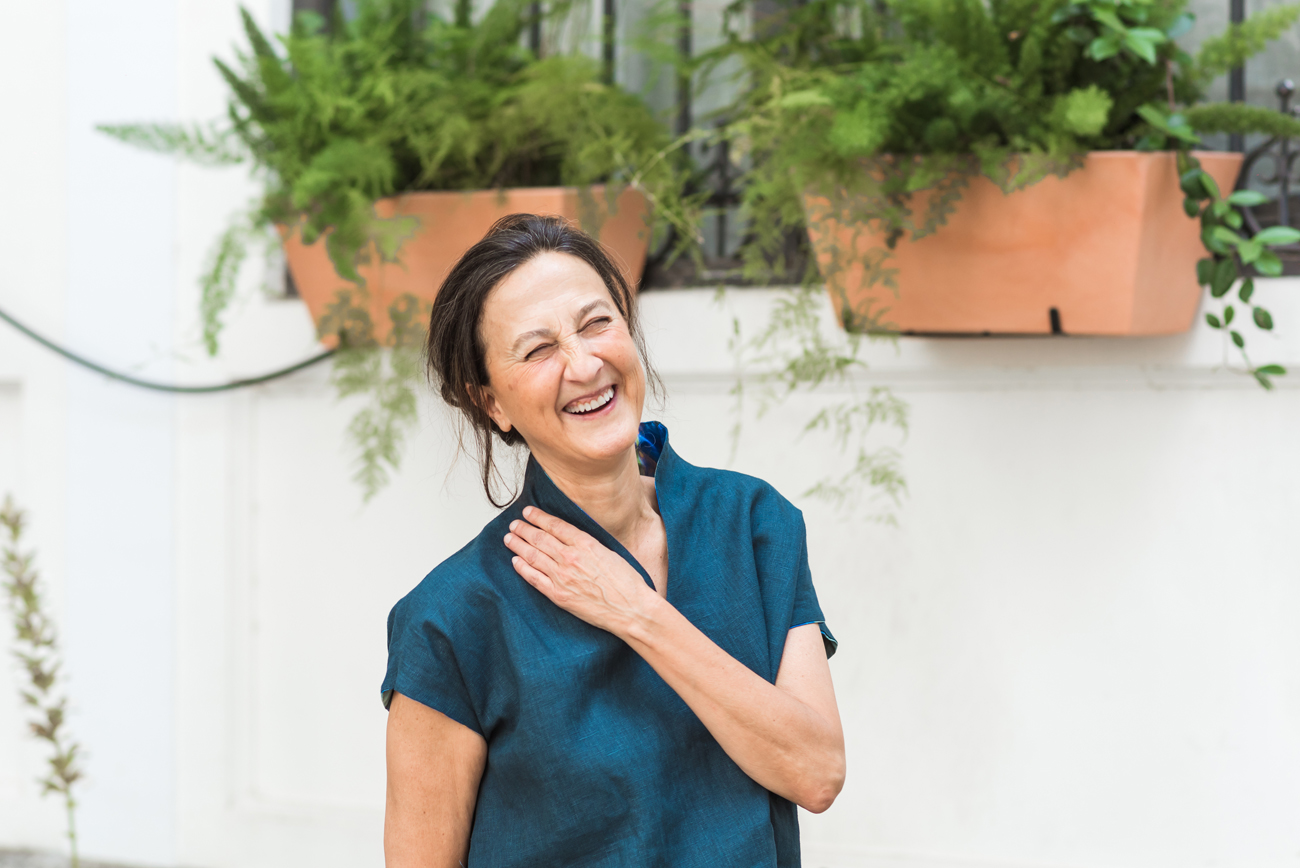
What is the relationship between beauty and urbanism from your perspective?
None, I mean, beauty is a consequence of a profession based on ethics.
Three forces or dimensions come together in the practice of urban planning: technique, science and art, as the academic and urban planner Fernando Terán brilliantly states. Art is not artistry, it is not necessarily beauty. When an urban planner draws a street with a pencil, he is telling people how they have to walk, move, perceive the space, enjoy it, in short, live.
It is an enormous responsibility and at the same time a marvellous challenge, one of the most stimulating that can exist. The beauty is in the challenge.
What role does aesthetics play in urban design?
Urban design is an integrative discipline whose mission is to create liveable, functional and environmentally responsible urban environments. It has a creative component and is also directed at people, so it happens that the former integrates an aesthetic dimension and can also be judged by those who use it.
I had the experience of carrying out the remodelling project of the Plaza Mayor of Cáceres and I assure you that an aesthetic experience was not pursued, but I believe that it is capable of providing it. Attractiveness is a consequence when the artistic component is internalised in the architect’s craft, the aesthetic categories, whatever they may be, are present in the process.
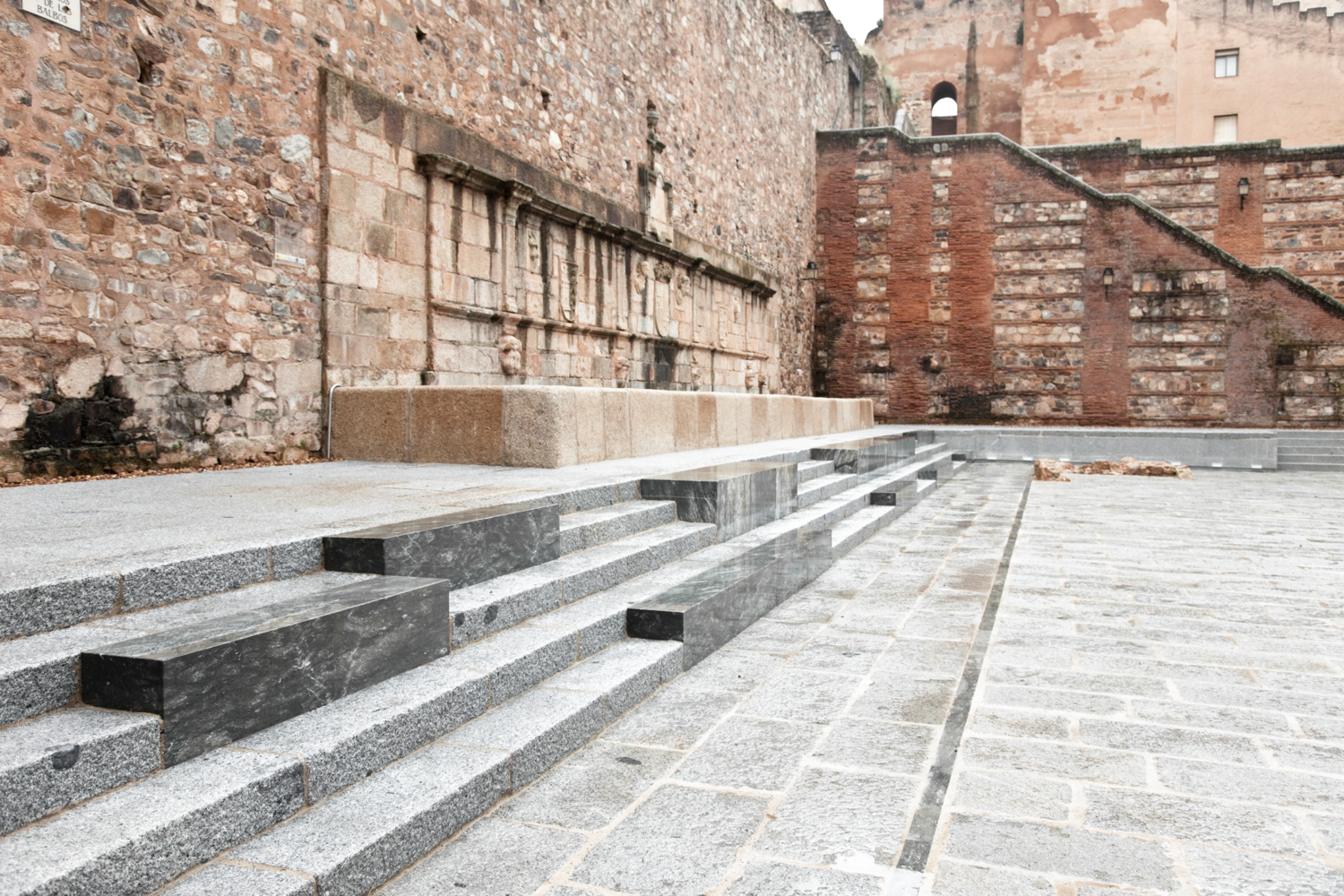
Beauty as the sole purpose of projects leads to failed, banal results. Urban design seeks to improve the quality of life of the inhabitants, to promote the experience of the city and to reflect its culture.
Aesthetics in the city are the result of the ethics of the urban planner’s craft, and do not necessarily have to do with beauty, as I think I was saying before.
Do you think it is important to integrate art and culture into the urban design of a city, why, and could you tell us about the role of art in the towns of colonisation?
It’s not important, it’s essential. It is one thing to integrate art pieces in the urban context and another to design from art and culture, or in other words, from the landscape as a method and as a result.
A public art programme does not imply placing works on busy street corners or filling empty spaces, but creating a concept that contributes to the enrichment of the urban experience, of its knowledge and that merges with it by adding meanings and emotions.
Joseph Beuys’ land art work ‘7,000 oaks’ was for me the best public art project, which contributed to the creative and participatory naturalisation of Kassel, a process that has lasted more than 30 years.
Can you provide us with an example of urban design or revitalisation in which art has played a significant role?
I find urban art very interesting as a gallery that is accessible and available to all, and it played an essential role in the regeneration and recollection of some social groups.
Lately urban art is being used (contrary to its objectives) as an aestheticising agent of precariousness, only rarely does it have a truly regenerative function.
I am quite critical of these practices, I find urban art festivals tremendously interesting, as they allow us to rediscover spaces in the city, to access remote places in a different way, to look with different eyes… but the action of using art to improve neighbourhoods is a much more complex issue and must have continuity over time if it is to be a social tool for change.
In November 2019 I had the opportunity to make a very special trip to Naples and visited some peripheries where artistic practices had produced enormous logos of self-affirmation and recognition. Of course, the mediation teams lived there, they were always at the citizen’s disposal and generating programming; the murals tell stories that touch them, they are placed in spaces that have meaning or endow them with meaning, they are maintained, modified, activity is generated through them, they unite, they place on the map…, the murals have become another piece of equipment in the city.
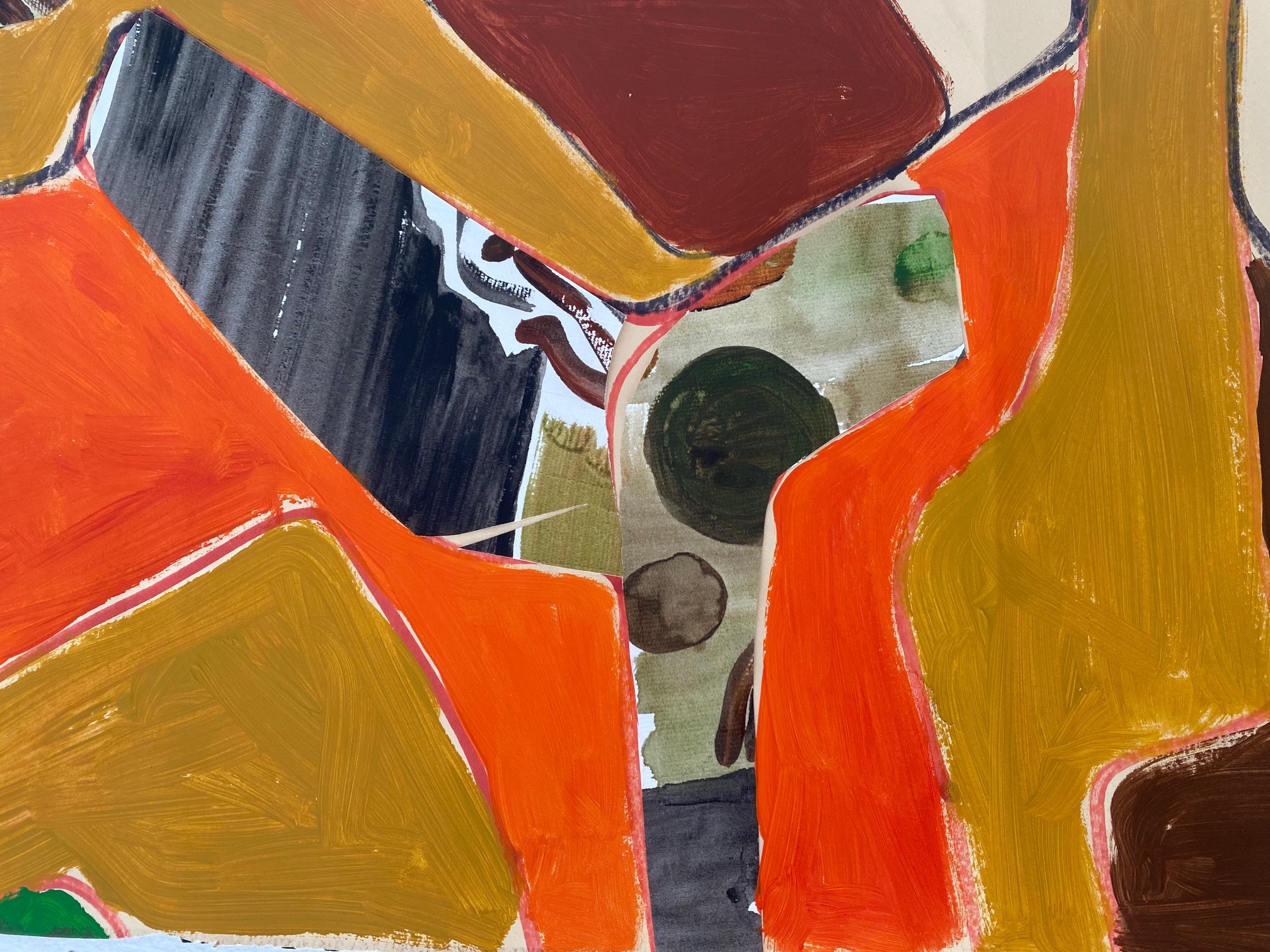
What are the future challenges for our urbanism?
To stop and think, to re-integrate disciplines of thought in urban planning. In day-to-day urban planning, in its practice, these challenges seem to me to be a priority:
First, to reduce the time taken to process urban plans, in general, to speed up the time taken in urban planning.
Secondly, to achieve a cruising speed with the urban regeneration processes of needy neighbourhoods, guaranteeing agility in terms of time, a good architectural and social resolution, innovation and models of public-private participation that do not apply investments solely to the public purse.
Thirdly, to achieve major political pacts that make it impossible to change the course of plans when elections are held or government teams change.
Fourth, in new urban developments, to achieve inspiring spaces, quality architecture and a housing offer for all; to make these spaces into places of reference for contemporary urbanism, so that people come to visit them at the same time as our historic centres, so that the contemporary Spanish city generates interest in the city.
Fifth, to incorporate in a much more active and attractive way the urban landscape variable, with implications of perception, territorial culture, art, design, in urban planning practice.
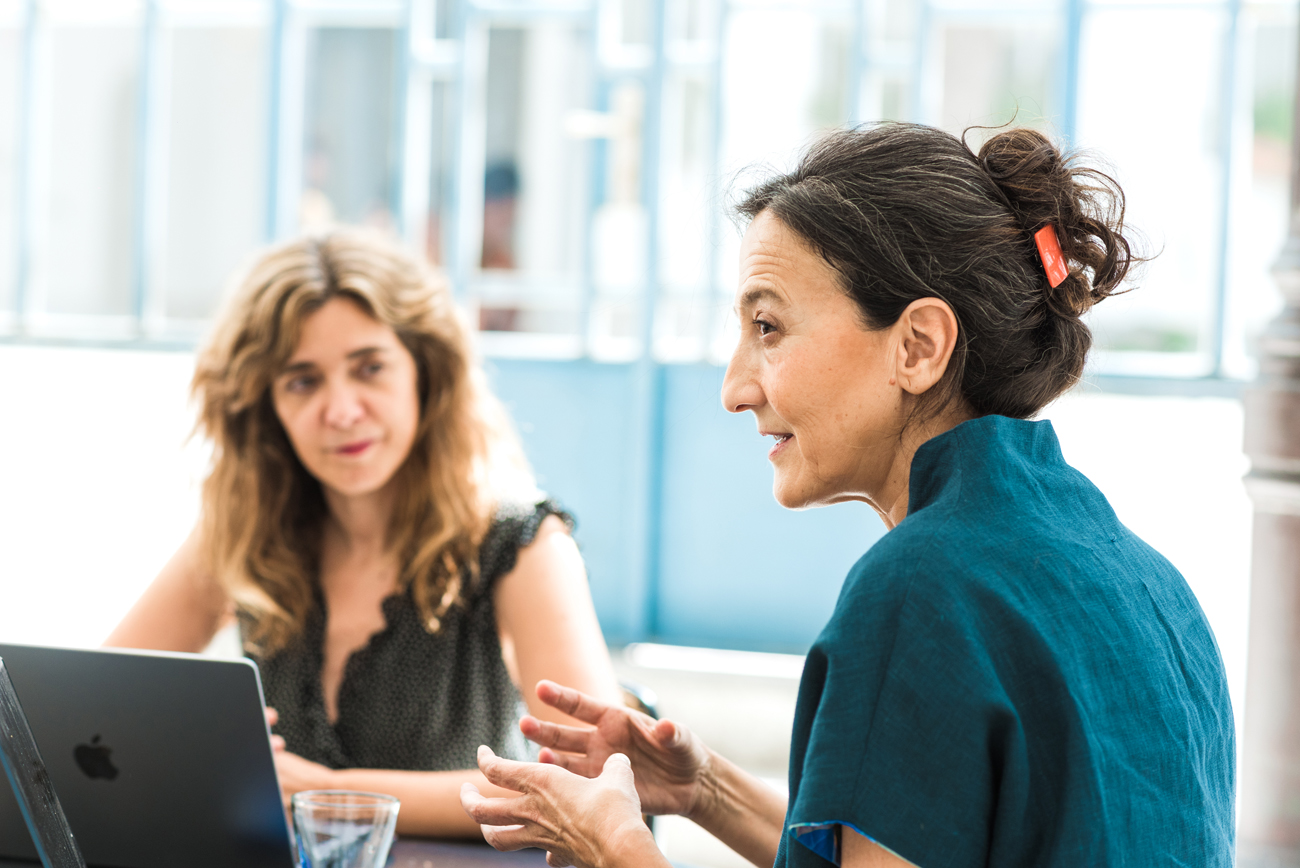
What elements do you think are missing in our current approach to urban planning? Is there any country or region that you consider a model to follow in this area?
I think there is a dissociation between the development of thinking, concepts, theories, etc. and urban planning practice, which in the end still suffers from routine, except for some very honourable and very valuable exceptions in our country.
The Netherlands interests me.
How is innovation taking place in urban planning in cities? What new technologies or approaches are currently being used?
I detect innovation in the technological tools of drawing and modelling, in the instrumental use of artificial intelligence and metaverse, in the handling and use of data, in the generation of complex, sophisticated and very attractive cartographies, in new technologies and methods of participation, in the whole smart universe to know, monitor and proceed. I detect incredible innovations in anthropocentric and post-anthropocentric thinking already… new relationships between living things, strange and very interesting approaches.
I detect creativity in some New Bauhaus winning teams that base their proposals on human participation of proximity, very close to people and on a small scale, looking at natural and artificial processes, at unsuspected relationships, at circularity, at art as mediator… very interesting; it would be very positive if these teams could also integrate the promoter.
However, as soon as I land in the physical construction of the city, it is when I detect the dissociations I was talking about, routine wins.
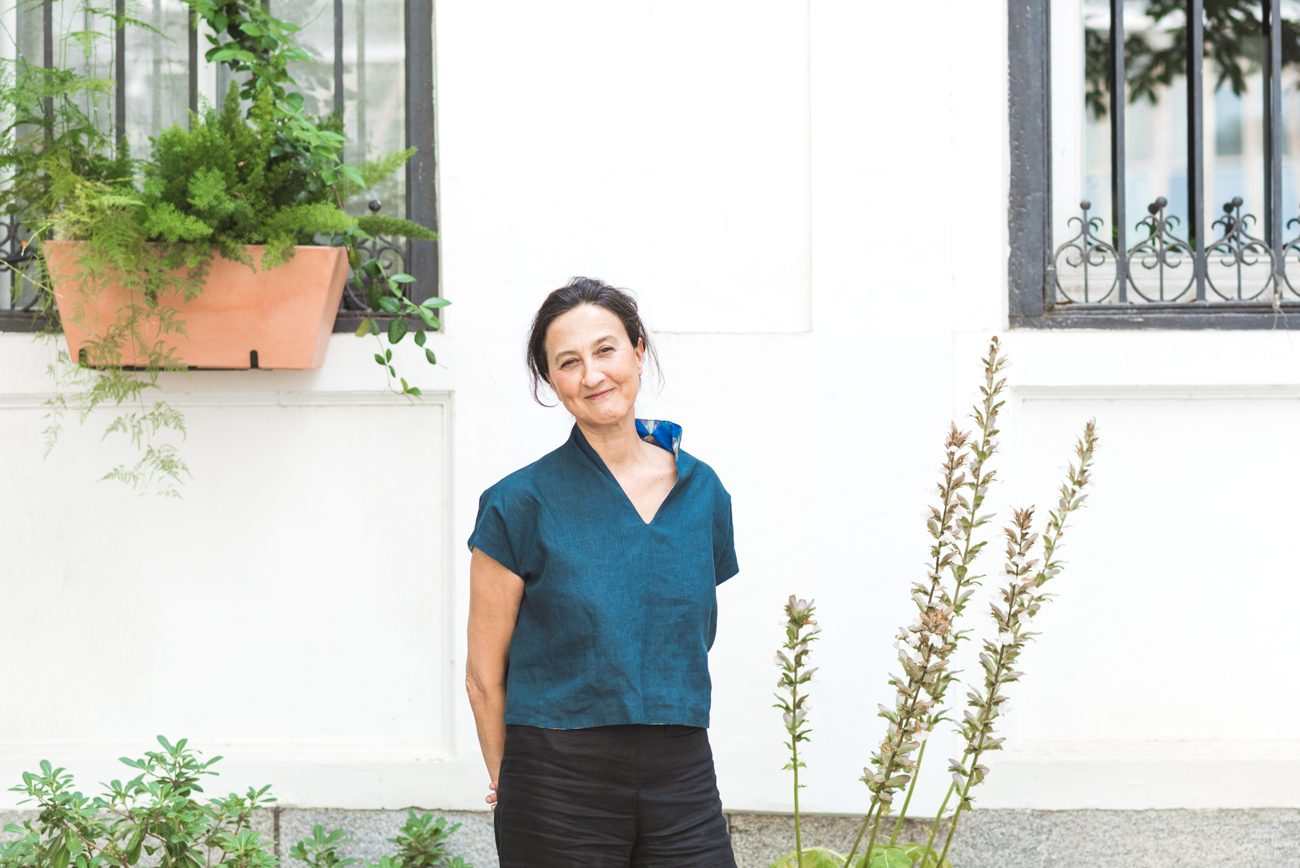
What is the socio-cultural impact and role of landscape architecture in urban planning?
I would talk about landscape, landscape architecture is a very beautiful and recognised discipline, but it is important to establish the difference.
As for the definition of landscape, I fully agree with the definition proposed by the European Convention of Florence in 2000, which I invite you to read
…’Landscape’ shall be understood as any part of the territory as perceived by the population, whose character is the result of the action and interaction of natural and/or human factors…
A few years ago I wrote an article entitled “I am not a landscape architect”, which was published in the magazine Planur-e, now Urban-e, which is carried on with such dedication and perseverance by Professor Marian Leboreiro https://www.planur-e.es/miscelanea/view/-yo-no-soy-paisajista-cuatro-aproximaciones-al-proyecto-de-paisaje-urbano
In this article I try to explain the importance of landscape as a methodology for project development, as an anticipation of a result.
When a society has a culture of (urban) landscape, when it is aware of the impact of our private actions on an environment that is part of our collective heritage, we develop critical capacity, aesthetic sensitivity and, very importantly, awareness of the economic impact of having a good landscape. It promotes the demand for decency and for a protection that guarantees attractive, responsible and ethical cities that are committed to the common good.
What role does art play in urban transformation?
I think it plays a fundamental role when it is integrated into this transformation project, not when it fills in empty spaces. For example, when art or design contributes to improving legibility, the walkability of neighbourhoods, when it is adapted to the façades of similar buildings to differentiate them from each other in peripheral areas, when it is inserted into the pavement to improve itineraries, when it is applied to sculptural or installation elements that give new meaning to places, that generate community, that generate dialogue, that are born of dialogue… in these cases and many more, the role of art is exciting.
According to Luis Fernández Galiano, Fernández del Amo’s villages of colonisation “would be better understood using terms more commonly used in the plastic arts than in architecture itself”. Rafael Canogar said of him that he was a “plastic of architecture”, here we have an example of how the creative dimension takes on a marvellous protagonism, which does not detract from the craft or functionality of urban planning.
I am fortunate and honoured to be Patron of the foundation Cultura en Vena, founded by my good friend and colleague Juan Alberto García de Cubas, where an enormous effort is being made to disseminate art and culture, usually guarded in its temples, making it reach other spaces where it is not expected. Art with therapeutic effects for the soul and the body. This initiative is especially concentrated in health centres and in small villages in empty Spain.
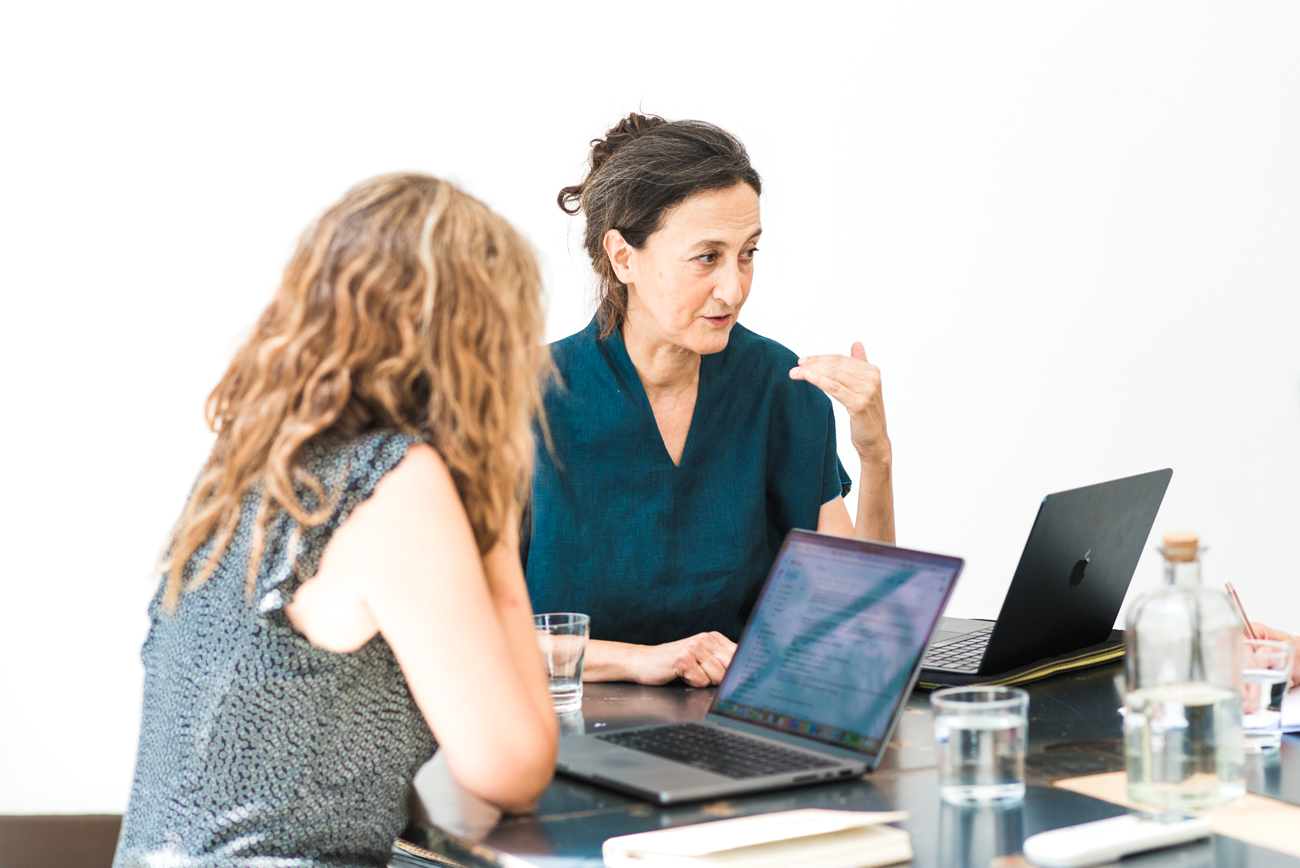
What are the principles of the New European Bauhaus in relation to urban planning and how can they improve the lives of cities and citizens? Will they be implemented in the distant future or will we see progress in the medium term?
I think the creation of the European Bauhaus is great news, indeed, I believe that its spirit should be implemented by default in the construction and reconstruction of cities:
‘…an initiative of collaboration and putting creativity at the forefront, to imagine and build a new future. A space of co-creation in which architects, artists, students, engineers and designers will work together to achieve that goal. This is the NextGenerationEU. This is how we shape the world we want to live in.
The New European Bauhaus initiative calls on all Europeans to imagine and build together a sustainable and inclusive future that is beautiful to our eyes, mind and soul, integrating sustainability, inclusiveness and aesthetics…’.
(It appeals to the soul and thus to the spirit of the city).
What is this collaboration with professionals qualified in other disciplines such as mobility, sustainability, energy, financial and legal frameworks and technological innovation that you mention in your panel of services? How can this multidisciplinary vision influence the citizen? In what specific areas?
Collaboration is essential, urban planning is a discipline that encompasses design, science and technology, bringing together specialities such as energy, environment, engineering, materials, landscape architecture, sociology, economics, legislation, urban psychology, art, archaeology, geology, historical heritage, technology, innovation, history, geography….
We urban planners are something like “orchestra conductors” and, listening to the territory and the people, we must design an orderly and sensitive tapestry, in three dimensions; rules of the game where urban architecture and the singular can develop in the freest and most responsible way possible.
This amalgamation gives rise to landscapes that symbolise the present time in each epoch. By reading the urban landscape, one learns everything about the societies that forged it.
The urban planner must know about all of this, without necessarily being a specialist in each area, but must only know “what to ask” of the expert.
The citizen receives an experience of hostility or welcome, comfort (or discomfort) and quality (or not) of services and facilities (educational, cultural, religious, health, transport) and a quality of space, which must be judged according to the model chosen. You cannot ask for a 15-minute city from a garden city model, it is too expensive.
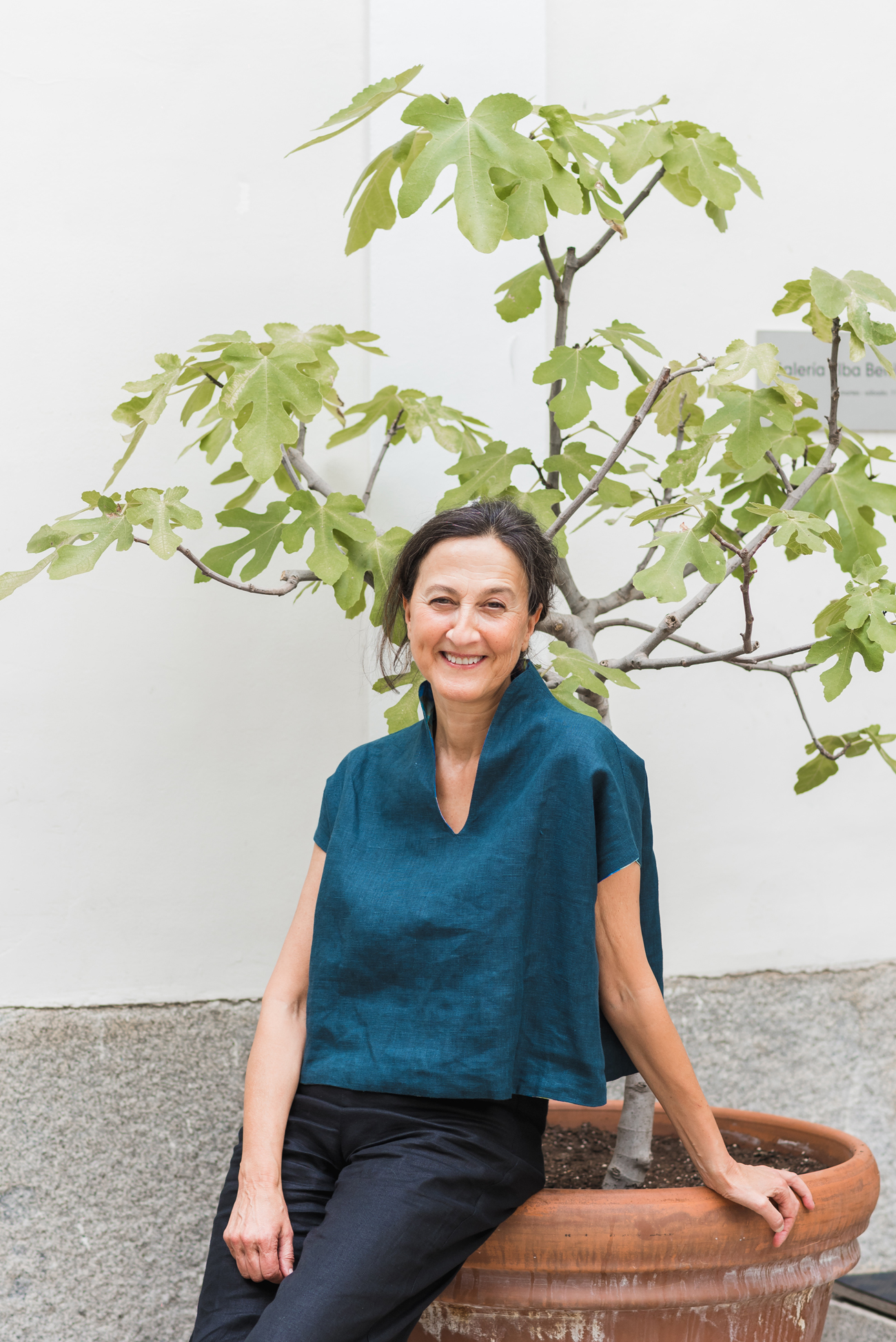
Finally, tell us about the project you are going to present during Architecture Week here at El Invernadero about the importance of questioning and re-imagining the city. Give us a summary as a preview without revealing everything to keep the surprise and curiosity alive.
Real artists have a radar to capture urban and social processes. They focus on certain themes and question them, show them, to ask themselves and us questions.
Last March I was lucky enough to spend a few days at the Spanish Academy in Rome and I decided to carry out something that has been on my mind for years, a compilation of artists and works from the last 20-30 years that, in their work, in their gaze, show a protagonism of the urban as a source of aesthetic or critical inspiration.
Artists committed to the crisis of the city, to its growing hegemony, to housing, to the degradation of the landscape, to social inequality and its contradictions, to showing the intensity of its episodes, its stories, its people, its seduction… resignifying it and generating new contemporary imaginaries, new sensitive and perceptive cartographies, new actions…
There are so many urban challenges today that I find it curious that this theme is not much more intense among the artistic community, perhaps because I haven’t had time to delve deeply enough into it yet.
Over the last few months I have had the opportunity to get to know some of these practices and I am moved by them. I have selected the artists who will meet at the Invernadero as the privileged germ of a collection of exhibitions of a very different character that I would like to promote in the following months.
This exhibition coincides in a very pertinent way with Open House and the COAM’s Architecture Week, and my intention is to reverse or simply complement the predominant discourse that focuses on privileged architecture, adding a necessary emphasis on the forgotten urban planning and architecture of the 50s, 60s and early 70s.
The first urban peripheries which, like the colonisation villages, created enormous housing contingents from urban thinking and an interesting and sometimes experimental architecture, today in a serious process of deterioration. Neighbourhoods which, with their lights and shadows, housed the intense migration from the countryside and small towns in search of better life prospects.
All the artists I am showing have a very close relationship with these peripheral spaces and we will have their representation, their subjective interpretation or their social criticism, through the languages of figuration, collage, material abstraction, visual poetry or photography…, where they tell us plastically some episodes of their experiences and impressions.
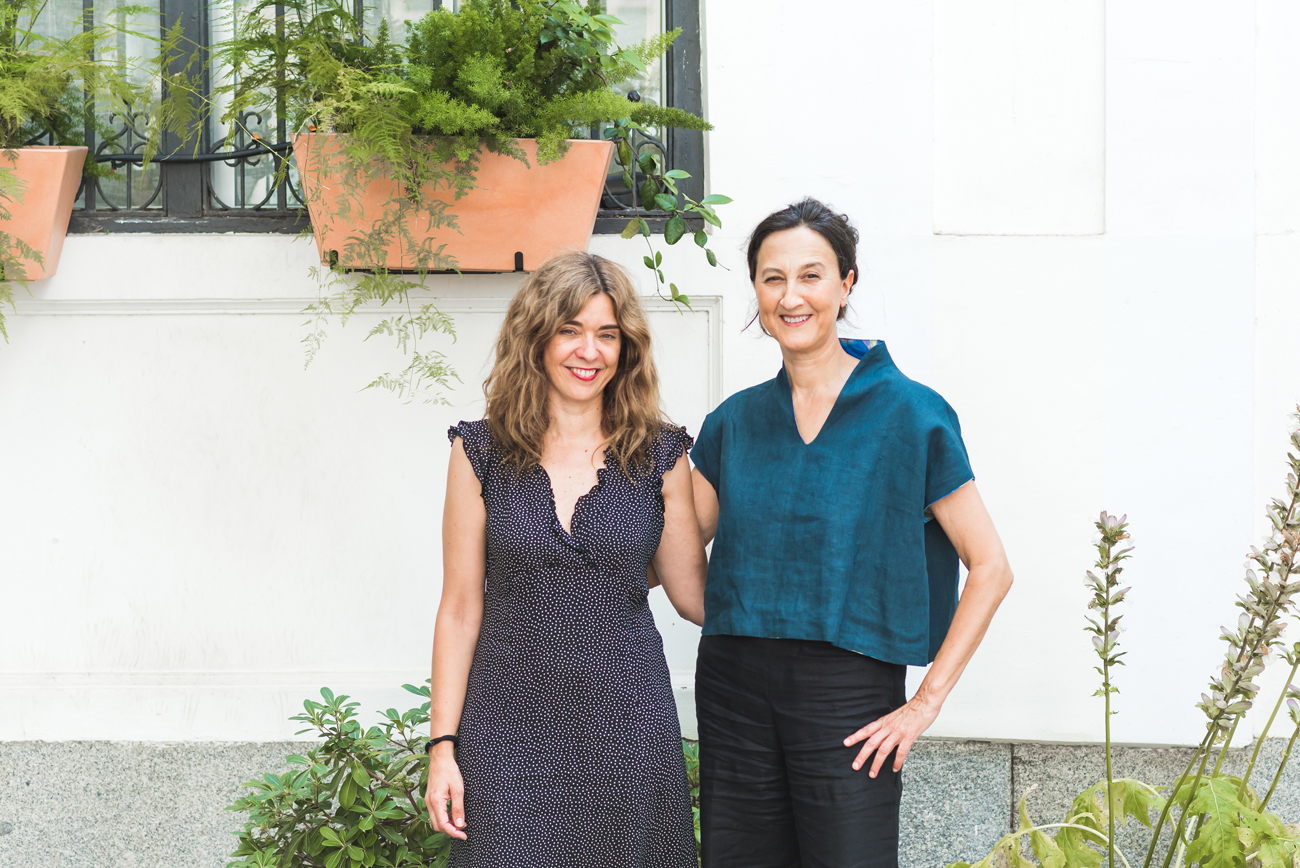
Editor: Beatriz Fabián
Beatriz is a journalist specialising in offline and online editorial content on design, architecture, interior design, art, gastronomy and lifestyle.
Photographer: Nieves Díaz.